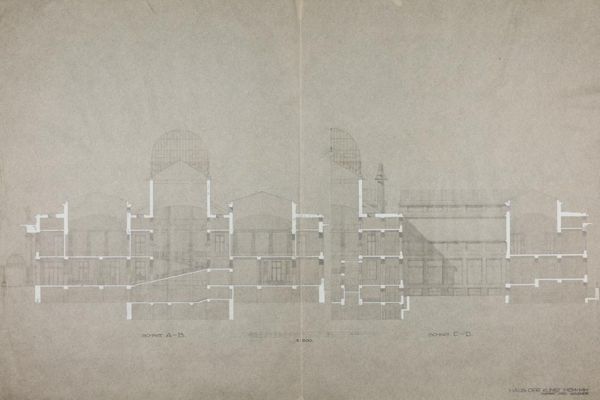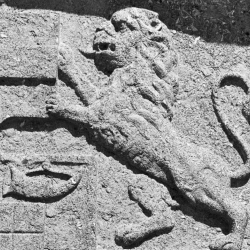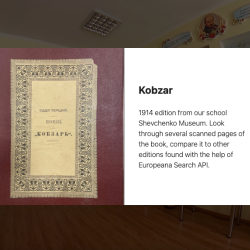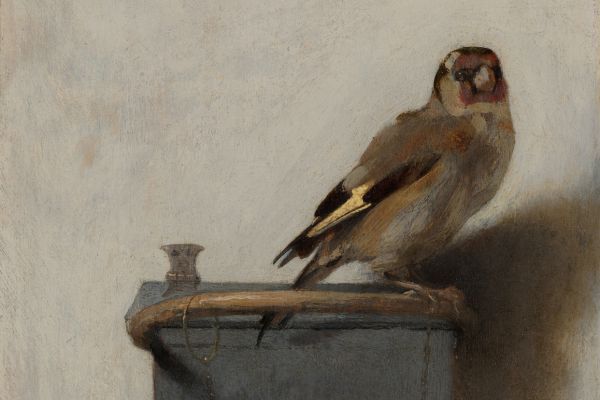The common European data space for cultural heritage is the flagship initiative of the European Commission to accelerate the digital transformation of Europe’s cultural sector. The data space builds on the Europeana Digital Service Infrastructure and the Europeana Strategy 2020-2025.
2022 - 2023 marks the first year of deployment of the common European data space for cultural heritage, which offers exciting opportunities to support advances in technology and innovate in areas like 3D and AI; to aggregate, enrich, promote and communicate high-quality digital data; to reach diverse audiences and provide them with ways and incentives to reuse this data; and to create digital environments that are inclusive, collaborative and jointly owned.
It has been an exciting year as we have started to deliver on these opportunities for the sector. Our evolution from a digital service infrastructure to a thriving data space is well and truly underway, and we can look back on the achievements of the first year with pride.
Collaboration
These achievements are made possible through collaboration and cooperation. Work to deploy the data space is led by the Europeana Foundation (EF) with the support of the Europeana Network Association (ENA) and Europeana Aggregators’ Forum (EAF), and together with a consortium of 18 partners from nine EU countries. We collaborate closely with our colleagues at the European Commission and with the Member States of the European Union (in the framework of the Expert Group on a common European Data Space for Cultural Heritage), to support the cultural heritage sector in its digital transformation.
A changing landscape
While the first year of the deployment of the data space has seen positive progress, we also acknowledge the shifting sociopolitical landscape and the challenges that our colleagues across Europe face. We stand in solidarity with the people of Ukraine, and are seeking to support cultural heritage professionals in the country through initiatives such as Laptops for Ukraine and a dedicated Working Group. We also acknowledge our responsibility towards the climate emergency, and, in line with our Climate Action Manifesto, are working to ensure that the data space is environmentally conscious. And we aim to ensure that our processes, services and products are inclusive of, and accessible to, our audiences, and reflect the diversity and beauty - and languages - of Europe.



















